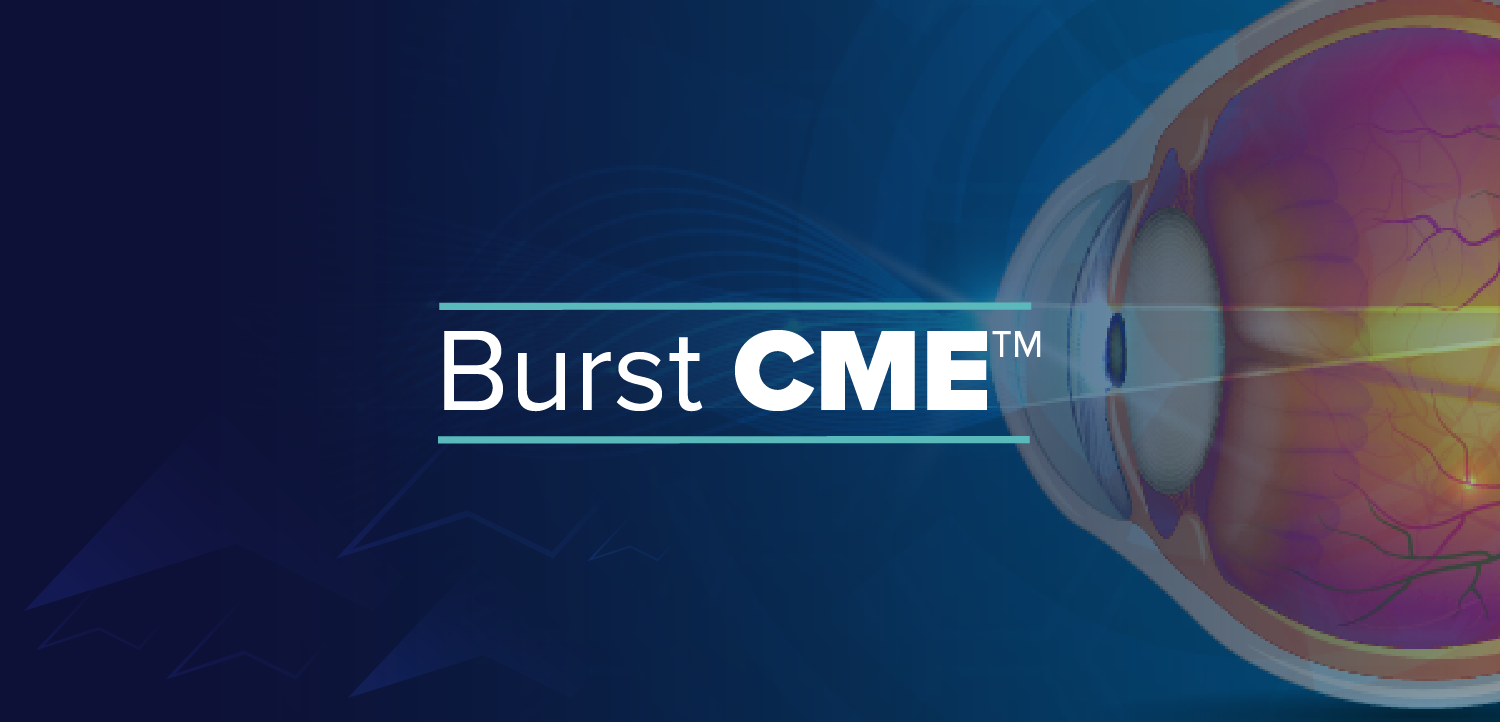
ASRS 2025: A post-hoc analysis of the effect of baseline EZ layer loss on treatment outcomes in MacTel
Sophie Bakri, MD, Professor and Chair of Ophthalmology at Mayo Clinic, presented a post-hoc analysis of the MacTel study investigating a neurogenerative disease treatment. This presentation was given at the annual scientific meeting of the American Society of Retina Specialists (ASRS), which was held in Long Beach, California from July 30 through August 2, 2025.
The research examined 2 identical phase 3 clinical trials of an encapsulated cell therapy called revakinagene taroretcel. The initial trials demonstrated the therapy's effectiveness in slowing ellipsoid zone (EZ) layer loss, reading speed decline, and retinal sensitivity reduction. However, notable differences emerged between trial A and trial B in treatment response. Further analysis revealed that trial A featured smaller baseline lesions. When comparing these smaller lesions, the differences between trials became less significant. The study also discovered that patients with smaller EZ lesions at baseline and those with diabetes were more likely to be high treatment responders. The research provided insights into potential factors influencing treatment outcomes and suggested areas for future investigation in managing this progressive neurogenerative condition.
Note: The following video transcript has been lightly edited for clarity.
Sophie Bakri, MD: Hello, I'm Sophie Bakri. I'm Professor and Chair of Ophthalmology at Mayo Clinic in Rochester, Minnesota. So my presentation was on behalf of the MacTel study investigators. So the study was a post-hoc analysis of the effect of baseline EZ layer loss on treatment outcomes in MacTel. MacTel is a progressive neurogenerative disease an encapsulated cell therapy known as revakinagene taroretcel was studied in 2 identical phase 3 clinical trials, and the end points were the progression of the ellipsoid zone layer loss as well as retinal sensitivity and reading speed. And what the initial trial found is that the encapsulated cell therapy, therevakinagene, was effective in slowing down the rate of EZ layer loss, as well as the rates of reading speed loss and retinal sensitivity loss.
However, what was found is that there were differences between trial A and trial B in the amount of response, and so the analysis was to really look at why there were differences between those 2 trials. What was noted is that trial A had smaller baseline lesions. And so when we looked at all the smaller baseline lesions, we found that the difference between trial A and B was actually not so great when it concerned the ellipsoid zone layer loss and the retinal sensitivity. The other thing that we found was that when we looked at treatment responders, high treatment responders, we found that patients with smaller ellipsoid zone lesions at baseline, as well as those with diabetes, were more likely to respond you.
Newsletter
Keep your retina practice on the forefront—subscribe for expert analysis and emerging trends in retinal disease management.
















































